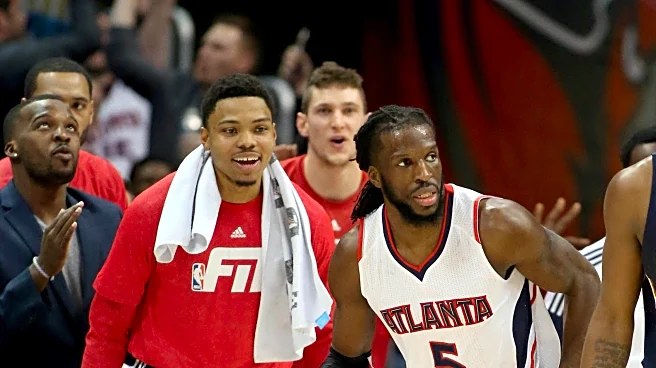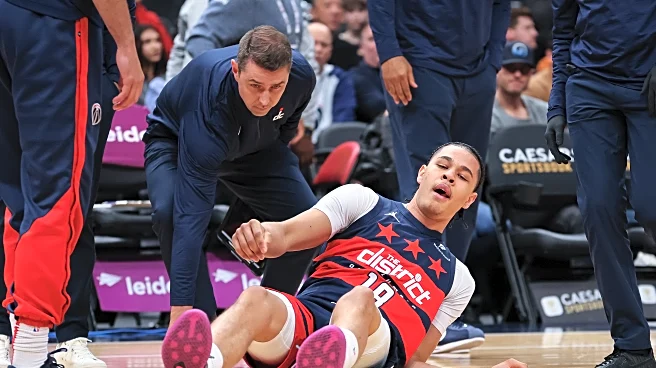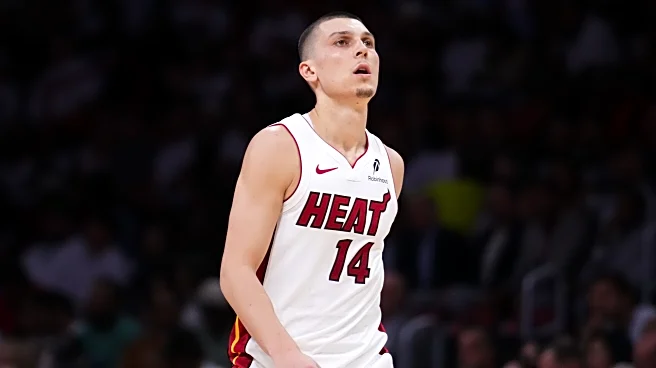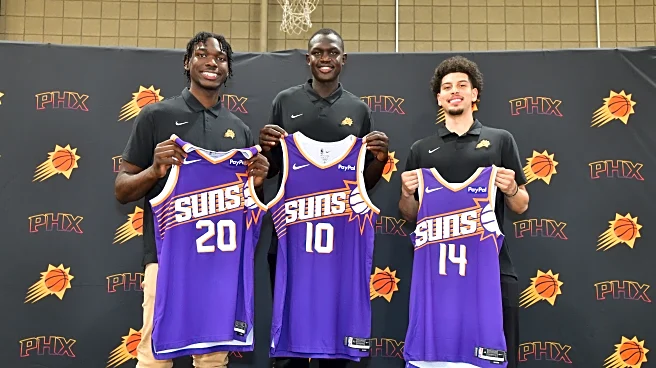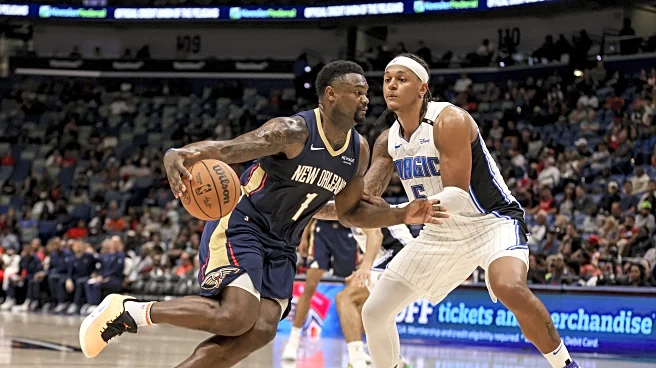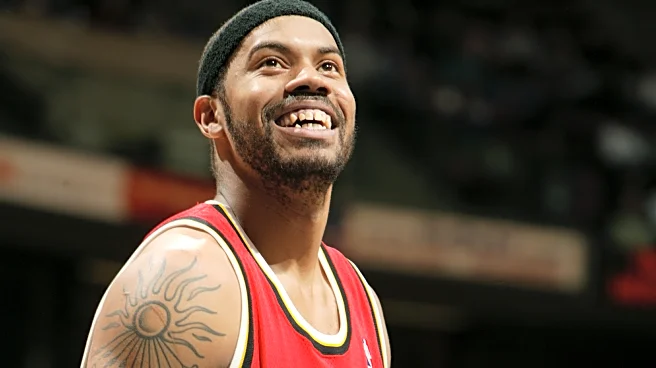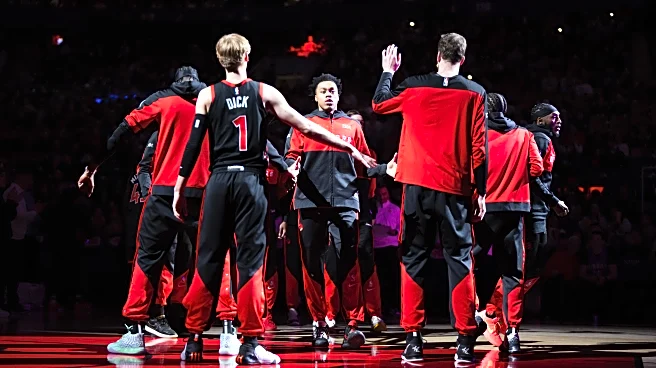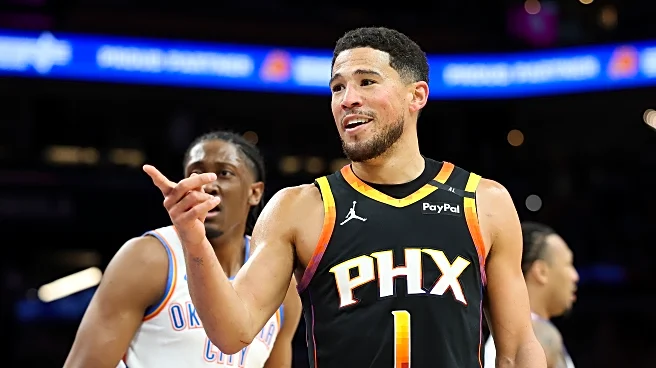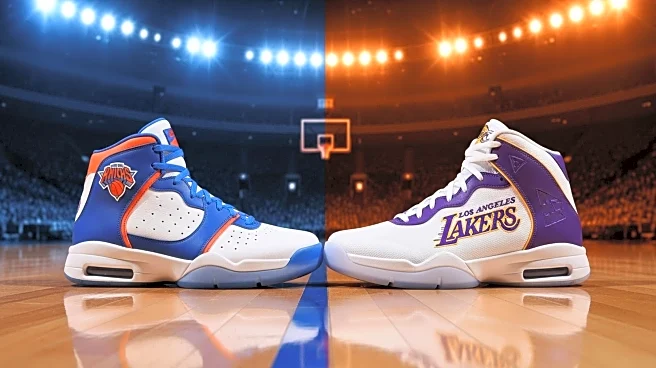
Redrafts are an interesting and useful exercise when assessing an NBA draft class. The basic question is simple: knowing what we now know based on however many years of NBA play, would we make the same decision today that talent evaluators made on that draft day.
Today, let’s dig into the 2024 draft, which yielded the Washington Wizards the following:
- 2nd overall: Alex Sarr
- 14th overall: Bub Carrington
- 24th overall: Kyshawn George
Later in the 2024-24 offseason, they traded for 23rd overall selection AJ Johnson, and in the offseason acquired Dillon Jones, who was the 26th overall pick.
The fun thing about redrafts — especially after a single season — is that many of the same factors apply. We have actual NBA information, but we’re still trying to assess potential. What’s a guy’s ceiling? How likely is he to reach it? And does the player we’re looking at fit within the team context?
As it does on draft day, age matters. My PPA metric says Zach Edey was the most productive rookie on a per possession basis. He was efficient on offense (+8.3 per 100 possessions relative to average), rebounded effectively, and was probably around neutral on defense. He was also 22, which while young in real life, is on the old side for a modern NBA prospect. He doesn’t have the highest upside.
Regular readers know that I’m a believer in statistical analysis. When it comes to guessing at the futures of players this young, it has its limits. For example Yves Missi, Kel’el Ware and Donovan Clingan were three of the four rookies (the other was Edey) who rated average or better in my PPA metric last season. A straight numerical forecast would predict stardom for the trio.
Watching them suggests something different. Clingan, Ware and Missi were raw. They were productive in part because of their lack of skill, and they limited their offensive repertoire mostly to shots within three feet of the basket. They may be hard workers, and they might improve their all-around skills enough to contribute more on the offensive end, but it’s difficult to envision any of them developing sufficiently as an offensive threat to become stars.
In other words, redrafting this group isn’t as simple as sorting by PPA or even total production. There’s still a process of reconciling what I see in the numbers with what I saw on the floor during the regular season.
The 2024 NBA (Re)Draft
- Zaccharie Risacher, Atlanta Hawks | ACTUAL: 1 — I know. Mind blown right? The guy who actually went number one goes number one in a redraft? Look, I had my doubts about Risacher pre-draft. My stat-based evaluation tool (YODA) had him rated as a late first or early second. But a) he was pretty good as a rookie, and b) he was just 19 years old. Kid has major upside and stays at the top spot.
- Alex Sarr, Washington Wizards | ACTUAL: 2 — I promise this exercise won’t just be chalk. I heard that others doing redrafts {cough: Sam Vecenie: cough} didn’t have Sarr in the top 10. That doesn’t make much sense. Sarr’s 77 PPA was below average but not bad at all for a 19-year-old, he showed significant defensive flashes, and there’s at least a vision for how he could become an impactful offensive player despite terrible efficiency. If we’re betting on upsides, Sarr’s is probably the second highest in this draft.
- Stephon Castle, San Antonio Spurs | ACTUAL: 4 — Castle won Rookie of the Year for the usual reason players get the award — he led the class in points per game. He did that by guzzling possessions (26.8% usage rate) inefficiently (more than -10 relative ortg). His 78 PPA was almost identical to Sarr’s, and he was a year older. Even though Sarr’s efficiency was even worse (-16 relative ortg), I think it’s reasonable to think he could peak higher than Castle.
- Jared McCain, Philadelphia 76ers | ACTUAL: 16 — Got off to an impressive start (93 PPA at age 20 is good) and then got hurt and missed the rest of the season. I almost picked him third ahead of Castle. If McCain had maintained his level of play and not suffered an injury, he probably would have been ROY.
- Jaylen Wells, Memphis Grizzlies | ACTUAL: 39 — Strong rookie season from a second round selection. Even if he tops out around as an average starter (which is about what I’d expect), he was a great value at 39.
- Matas Buzelis, Chicago Bulls | ACTUAL: 11 — Good size and mobility with NBA skills and a competitive personality.
- Donovan Clingan, Portland Trail Blazers | ACTUAL: 7 — Edey was better (at least in my eyes) as a rookie, but Clingan made a defensive impact as a 20-year-old rookie and has the size and physical tools to dominate at that end. If he can set screens, grab offensive boards and dunk on the offensive end, it’ll be good enough.
- Kel’el Ware, Miami Heat | ACTUAL: 15 — Rim-running, defending, rebounding big man with good athletic tools. I strongly considered slotting Missi and Edey ahead of him, in part because of the critical comments his coach made about him during the offseason. Still, the production was solid, and there’s good reason to think his upside is higher than the other two.
- Yves Missi, New Orleans Pelicans | ACTUAL: 21 — Rim-running, defending, rebounding big man. I’d take arguments for Ware or Edey ahead of him.
- Zach Edey, Memphis Grizzlies | ACTUAL: 9 — Massive human being who’s also a skilled basketball player. With Edey, the question — and the reason he lands “only” tenth — is whether he has the mobility to survive defensively in high stakes games. My guess is that he’ll be too limited to thrive in the playoffs, but that he’ll have a long career as a regular season “innings eater” if his team can construct the roster properly.
- Ryan Dunn, Phoenix Suns | ACTUAL: 28 — Probably won’t shoot well enough to win a major role, but he’ll stick around as a defensive specialist until his athleticism wanes.
- Kyle Filipowski, Utah Jazz | ACTUAL 32 — Yeah, another center. There’s a case for Filipowski to go ahead of all the other centers, even possibly Clingan. Good passer, good all-around skills. Might be a career backup, but that’s not bad at 12. Or 32.
- Bub Carrington, Washington Wizards | ACTUAL: 14 — Kinda surprised myself because while I liked Carrington, I wasn’t exactly blown away by his rookie year performance. He’s 13th in this redraft because of combination of the overall weakness of the draft and my skepticism of picking 23+ year olds this high. If Carrington works on his body and his game, his competitiveness could make him a strong third guard or a decent starter.
- Justin Edwards, Philadelphia 76ers | ACTUAL: Undrafted — Edwards was decent as a rookie (73 PPA) and might make a decent 8th or 9th many someday. I’m not exactly overwhelmed by his potential, but a) this draft really is weak, and b) a rotation player at 14 isn’t a terrible result.
- Dalton Knecht, Los Angeles Lakers | ACTUAL 17: For an older rookie (23 last season), his performance was kinda meh (78 PPA), but he’s probably a good enough shooter to fill a regular season role for a few years.
Honorable Mentions
- Quinten Post, Golden State Warriors | ACTUAL: 52 — Decent, low-minute season for a 24-year-old rookie.
- Adem Bona, Philadephia 76ers | ACTUAL: 41
- Kyshawn George, Washington Wizards | ACTUAL: 24 — Would likely go higher in a redraft.
- Ron Holland, Detroit Pistons | ACTUAL: 5 — Rough rookie season, and I think he’s likely to lose playing time to better teammates.
- Ja’Kobe Walter, Toronto Raptors | ACTUAL: 19
Let me know what you think in the comments.

